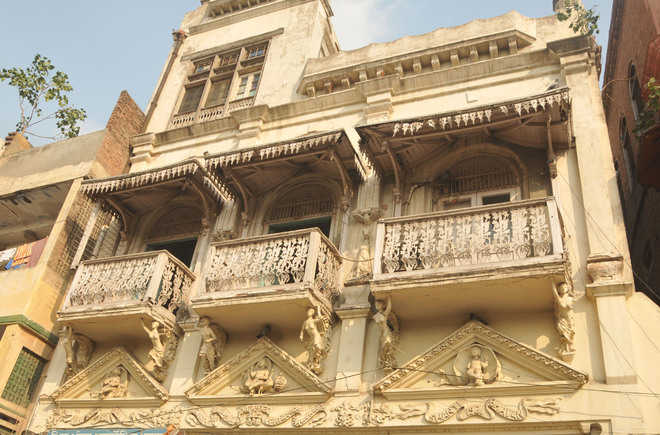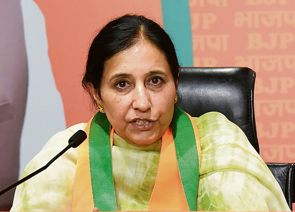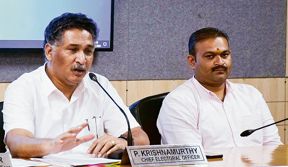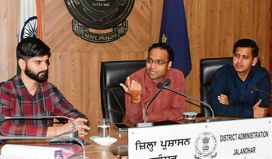
An old building situated in the walled city in Amritsar. Vishal Kumar
Manmeet Singh Gill
Tribune News Service
Amritsar, October 14
As the community in general and ‘Ambarsarias’ in particular remember the founder of their city, the fourth Sikh Master, Guru Ram Das on his 485th birth anniversary on Tuesday, it is interesting to note that the street pattern and the nomenclature of old city, to a great extent, remains the same as was in the initial years of its foundation 442 years ago.
While the building architecture has seen a complete change, the name of one of the first settlements, where 52 trading communities invited by the founder Guru had established themselves, is still called Chowk Passian. “Passa” was a traditional gold ornament worn by women on their heads. Even gold in the form of a lump or ingot was called ‘Passa’.
During the initial years of city’s inception, the streets were named on names of the caste or trade of the occupants. Names as Gali Mochian, Gali Acharjan (Acharjan is the name of a community which performs rituals at the time of cremation of the dead and in lieu of it they are entitled to hold the personal belongings of the deceased) and Telia Wali Gali (oil pressers street) are an example of the same.
Even as the buildings were constructed, demolished and rebuilt at different times, the original street pattern is still intact. While roaming in narrow streets, one is surprised to find surprising open spaces which were central to residents’ social life.”
Dr Balvinder Singh, former head of Sri Guru Ram Das School of Planning at Guru Nanak Dev University and a renowned heritage conservationist, said: “The buildings were reconstructed as these were damaged by frequent attacks by Mughals during the period from 1628 to 1765. But the street pattern mostly remained the same.”
He said the walled city attained its final form during the period of Guru Arjun Dev, who completed the work as envisaged by Guru Ram Das. The city again witnessed massive expansion during the ‘misl’ period and then during the rule of Maharaja Ranjit Singh.



























